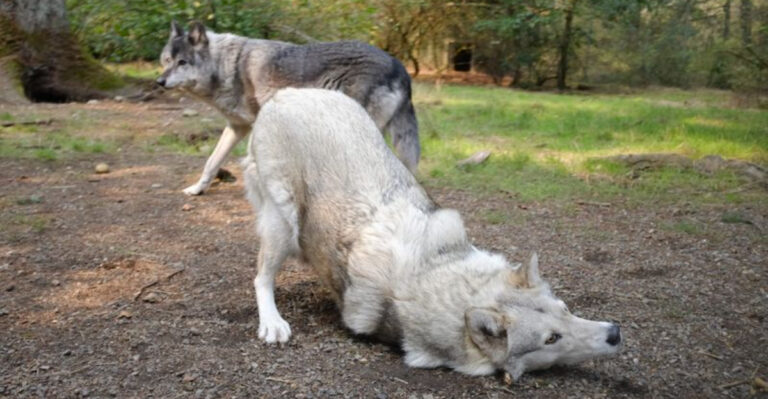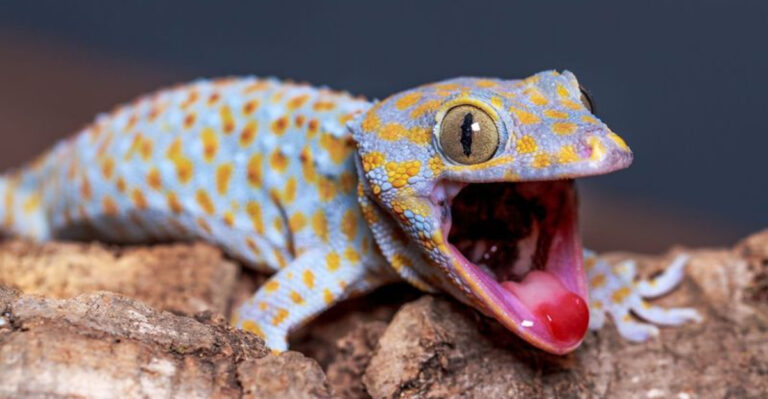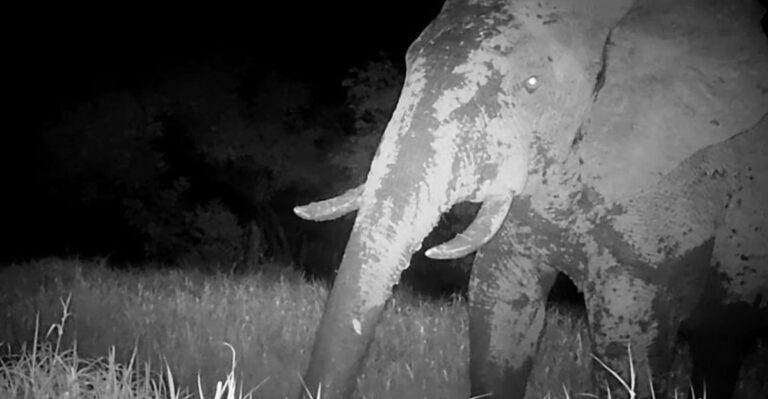16 Financial Mistakes Pet Owners Make When Adopting A Cat
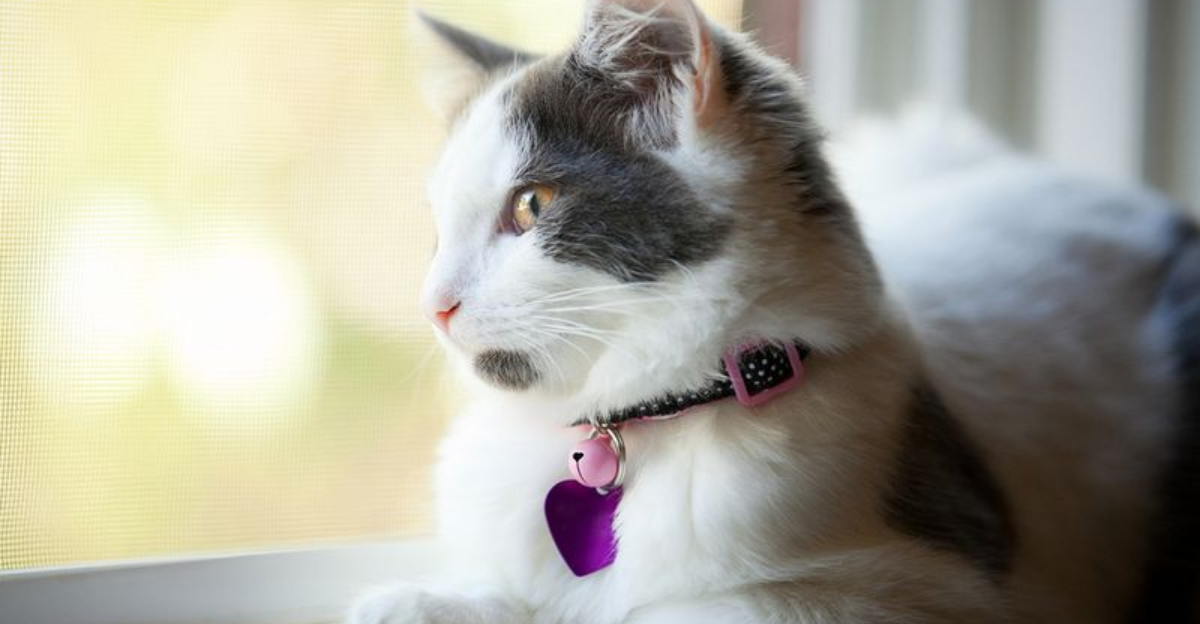
Bringing a furry feline friend home is exciting, but many new cat parents overlook the financial side of pet ownership.
What seems like a simple adoption can quickly turn into unexpected expenses and budget stress. Understanding these common money pitfalls before you bring kitty home can save you thousands over your cat’s lifetime and ensure you’re prepared for the real cost of cat companionship.
1. Overlooking Adoption Fee Variations
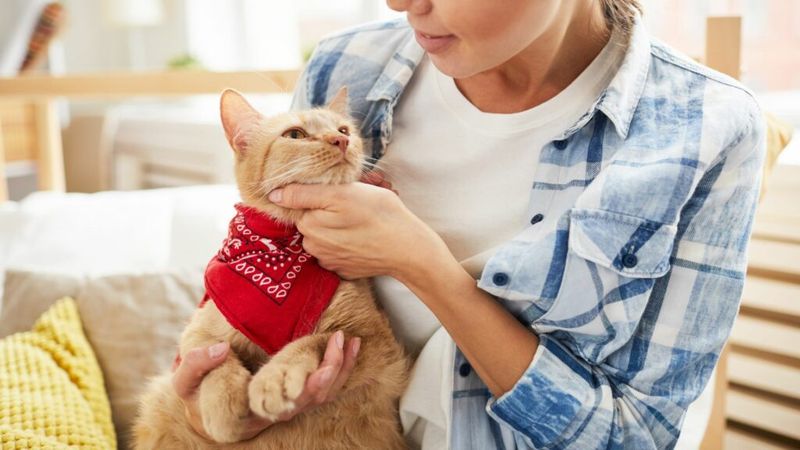
Sticker shock hits hard when potential cat parents discover adoption fees range from $50 to over $300. Many assume all shelters charge similar rates, but pricing varies dramatically based on the cat’s age, breed, and medical history.
Kittens typically cost more than adult cats, while special breeds command premium fees. Some shelters include initial vaccinations and spaying/neutering in their price, while others charge these as extras.
Smart adopters call multiple shelters to compare total costs, including any additional required services, before falling in love with a specific feline.
2. Forgetting About Initial Medical Expenses
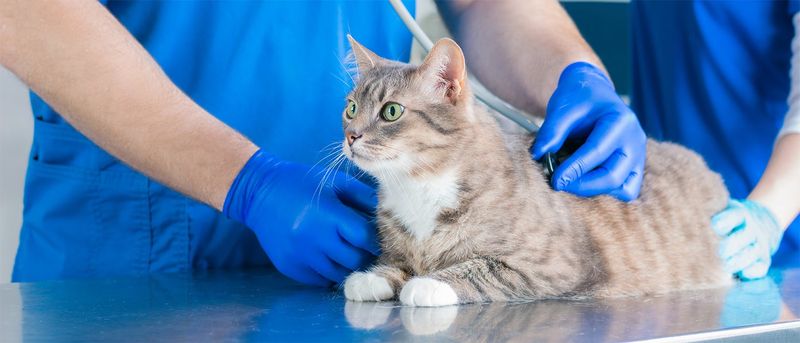
Veterinary bills stack up quickly during those first weeks with your new feline friend. Beyond the adoption fee, expect immediate costs for wellness exams, vaccinations, deworming, and flea prevention.
Unspayed or unneutered cats will need these procedures, costing $200-$500 depending on your location. Microchipping adds another $45-$75 to your tab.
Rescue cats sometimes arrive with health issues requiring immediate attention – respiratory infections, dental problems, or skin conditions that need treatment before they settle into their forever home.
3. Underestimating Annual Healthcare Costs
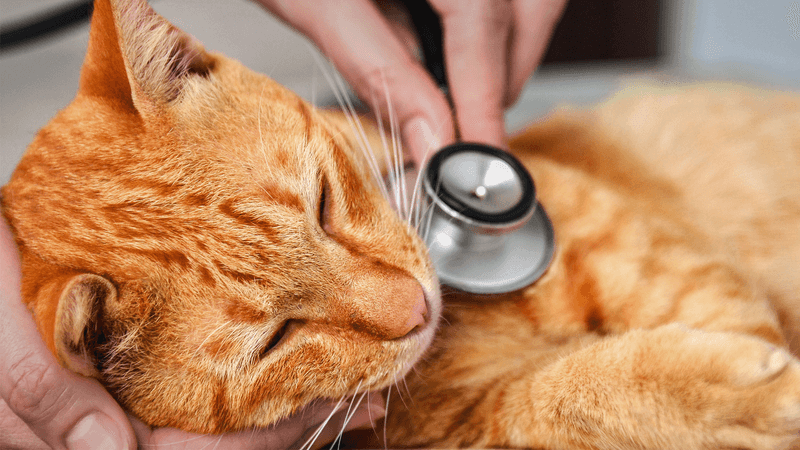
Regular wellness visits keep kitty purring but punch holes in unprepared wallets. Annual check-ups run $50-$200, while vaccines and preventative medications add another $100-$200 yearly.
Dental cleanings become necessary as cats age, averaging $300-$700 per procedure. Bloodwork for middle-aged and senior cats costs $100-$300 annually, becoming increasingly important after age seven.
Emergency funds are non-negotiable – a single unexpected illness or injury can cost $500-$5,000 depending on severity. Many new owners budget for food but forget these recurring medical necessities.
4. Skipping Pet Insurance Research
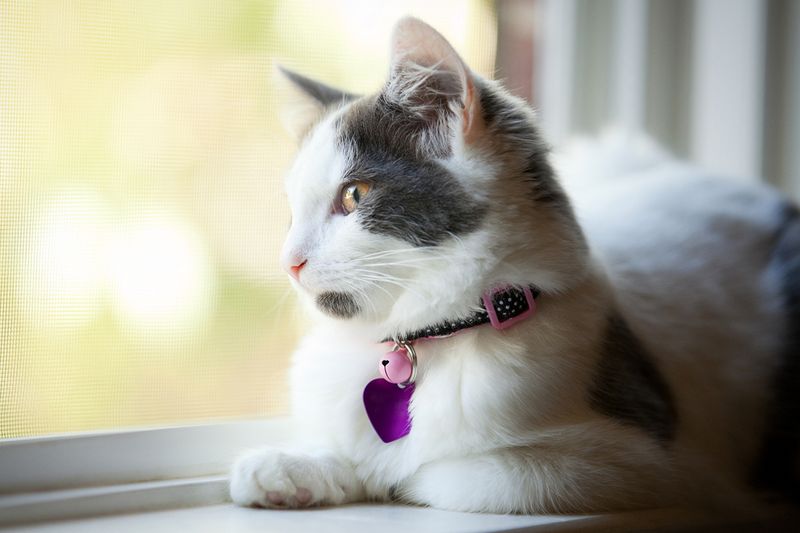
Monthly premiums might seem unnecessary when your new cat appears healthy, but waiting until health issues arise means facing pre-existing condition exclusions. Good insurance policies run $10-$40 monthly but can save thousands during emergencies.
Coverage varies dramatically between providers – some cover only accidents, while others include illness, hereditary conditions, and even routine care. Deductibles, reimbursement percentages, and annual limits create huge differences in real-world protection.
Breed-specific health issues affect premiums significantly, with certain cats costing more to insure due to genetic predispositions.
5. Buying Excessive Gear Upfront
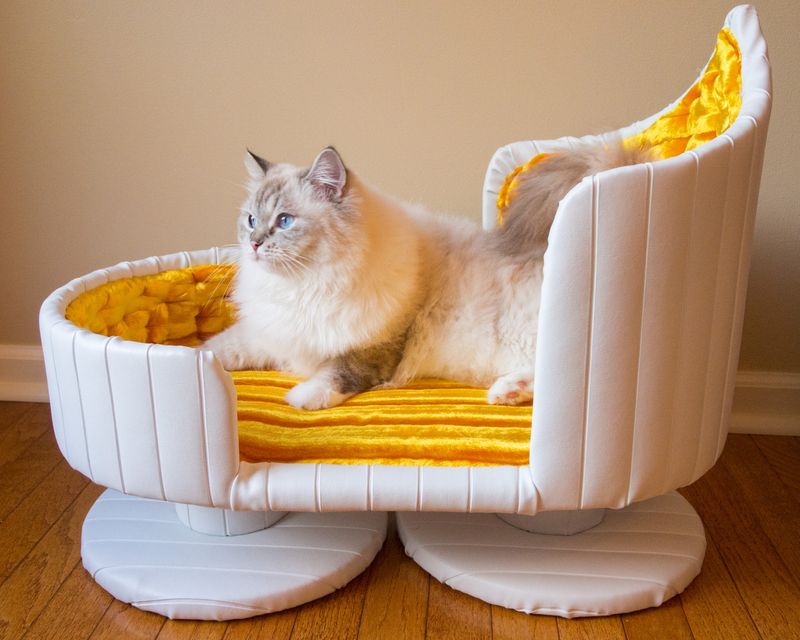
Excitement leads many new cat parents to splurge on elaborate cat trees, designer beds, and mountains of toys before understanding their cat’s preferences. That $200 climbing tower might become expensive furniture if your cat prefers cardboard boxes instead.
Personality reveals itself over time – some cats love tunnels while others prefer feather wands. Activity levels vary dramatically between individuals, making that motorized toy collection potentially wasteful.
Smart adopters start with basics: litter box, food dishes, scratch post, and a few toy varieties. Additional items can be added later based on observed preferences, saving hundreds in unused gear.
6. Choosing Premium Food Without Research
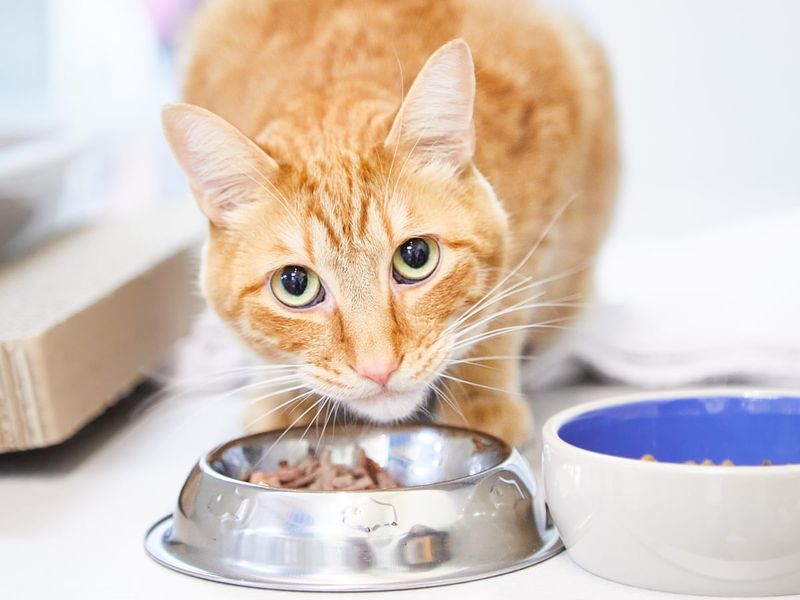
Grocery store aisles overflow with fancy feast options promising optimal nutrition through exotic ingredients and scientific formulations. Marketing terms like “premium,” “natural,” and “gourmet” drive up prices without necessarily improving quality.
Many first-time owners grab the most expensive options assuming higher cost equals better nutrition. In reality, some mid-priced foods offer excellent nutrition profiles while premium brands sometimes contain unnecessary fillers or ingredients.
Consulting your veterinarian about specific nutritional needs based on age, health status, and activity level prevents wasting money on inappropriate products while ensuring proper nutrition.
7. Dismissing Potential Housing Costs
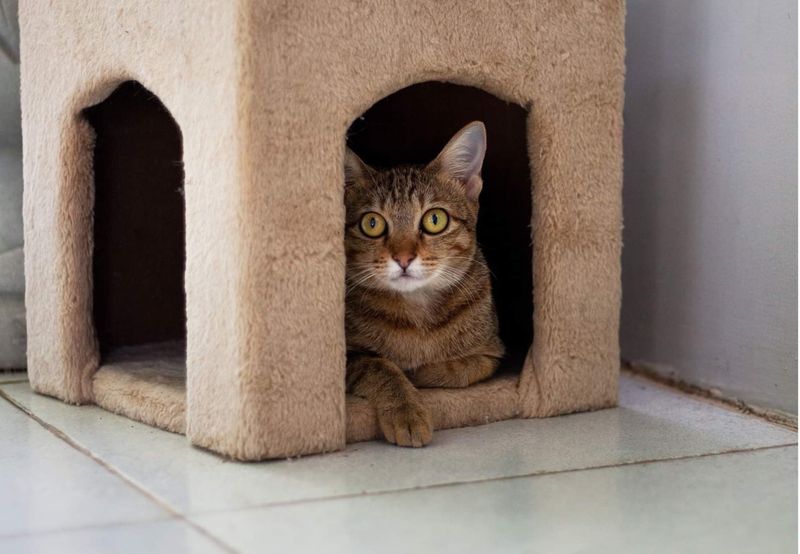
Landlords often charge pet deposits ranging from $200-$500, with some requiring non-refundable fees on top. Monthly pet rent adds $25-$100 to housing costs in many apartment complexes.
Moving becomes more complicated with feline family members, as pet-friendly housing options shrink the available rental pool significantly. Breaking leases due to undisclosed pets results in steep penalties and potential eviction.
Homeowners face different challenges – carpets may need more frequent replacement, and some insurance policies increase premiums for households with pets. These hidden housing costs catch many by surprise.
8. Neglecting Boarding And Care Expenses
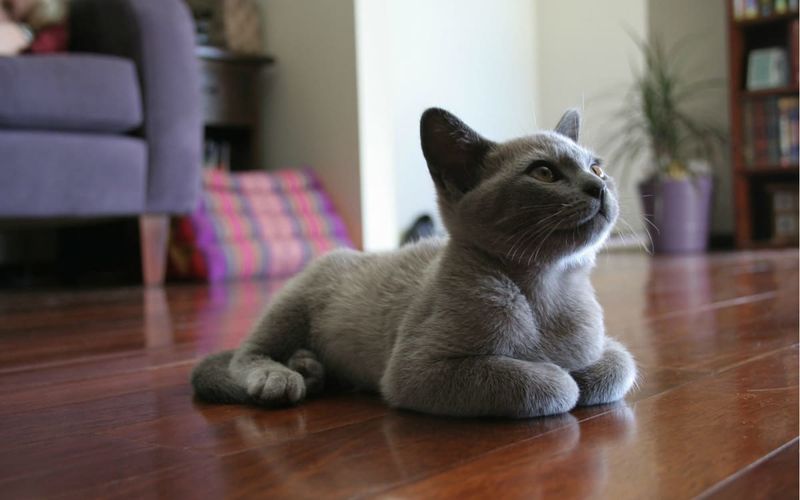
Weekend getaways and vacations require planning for feline care, with professional boarding facilities charging $20-$45 daily. Private pet sitters typically cost $15-$50 per visit depending on services provided and location.
Even daily work schedules impact finances – cats with separation anxiety or medical needs sometimes require midday check-ins. Long work hours might necessitate automatic feeders, timed litter boxes, or interactive toys that add hundreds to startup costs.
These ongoing care expenses accumulate significantly over a cat’s lifetime, yet rarely factor into initial adoption budgeting conversations.
9. Ignoring Potential Behavior Modification Costs
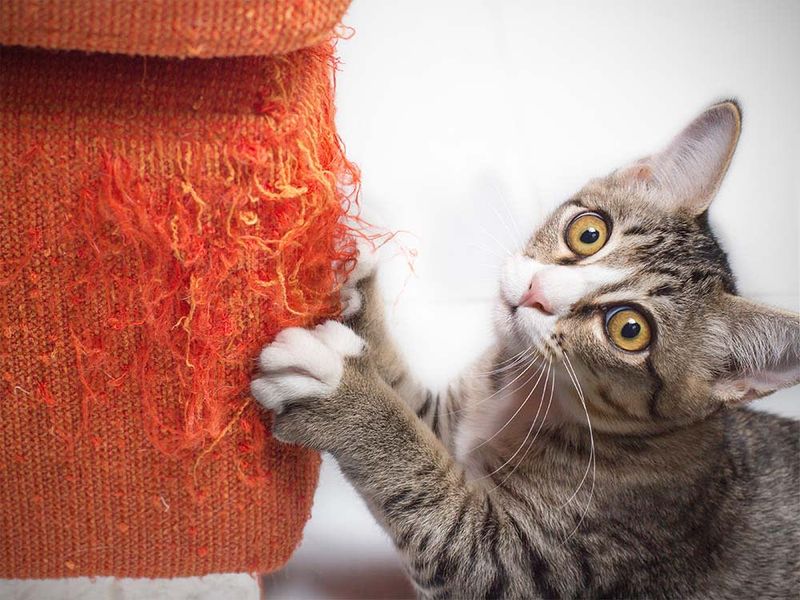
Scratched furniture and inappropriate elimination problems can destroy household items worth thousands. Many adopters don’t budget for behavioral consultations ($100-$300 per session) or training tools to address unwanted behaviors.
Environmental modifications like additional litter boxes, specialty litters, pheromone diffusers, and anxiety medications add up quickly when addressing behavior issues. Specialty scratching posts, deterrent sprays, and furniture covers become necessary expenses for many cat owners.
Proactive training and environmental enrichment cost less than replacing damaged items, yet few first-time owners allocate funds for these preventative measures.
10. Failing to Budget For Multiple Cats
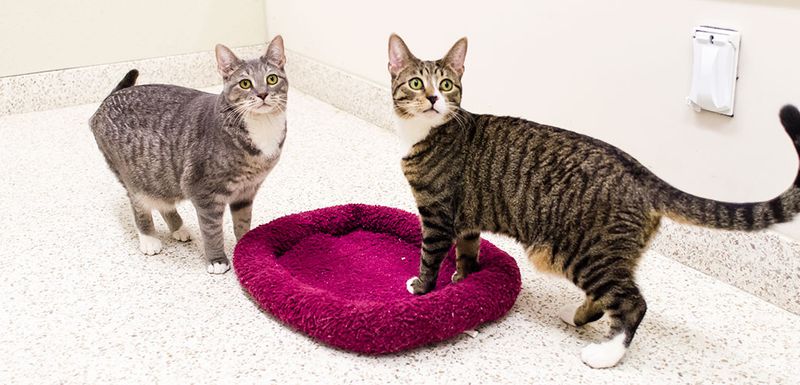
Those adorable bonded pairs at the shelter seem irresistible until you realize expenses nearly double with a second cat. Food, litter, preventative medications, and vet visits scale directly with each additional feline.
Multiple cats require more environmental resources – extra litter boxes (the general rule is one per cat plus one), additional climbing spaces, and separate feeding stations to prevent resource guarding. These space requirements often necessitate larger housing with higher rent.
Medical emergencies become more likely with multiple pets, increasing the chances you’ll face a major veterinary bill in any given year.
11. Underestimating Litter Expenses
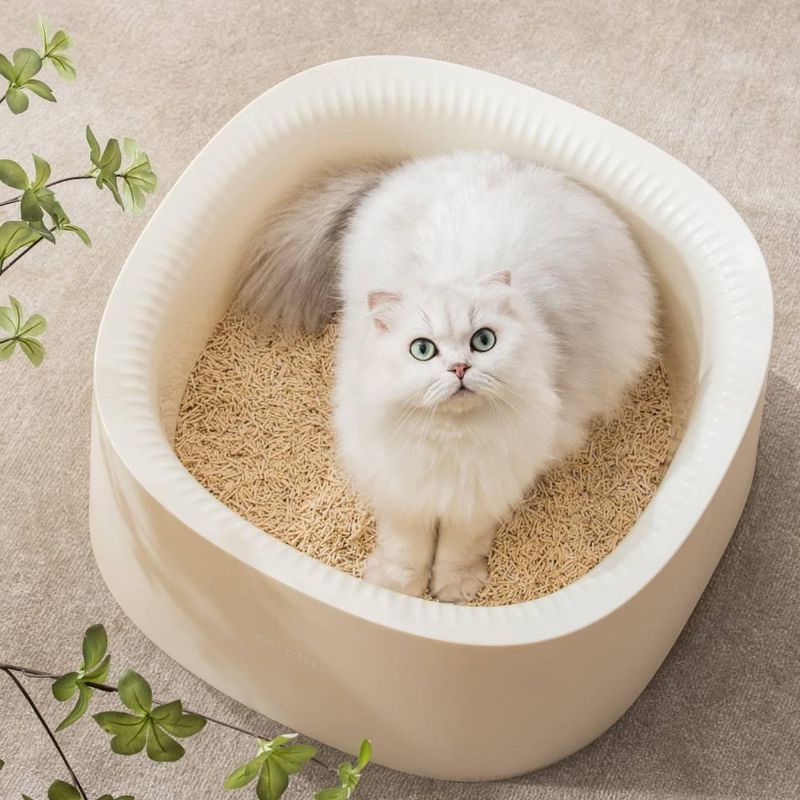
Monthly litter costs surprise many new cat parents, with specialty options like crystal, pine, or clumping varieties running $15-$30 per month. Automated litter boxes promise convenience but require proprietary refills costing up to $70 monthly.
Multi-cat households need additional boxes and more frequent changes, multiplying these expenses. Cats with preferences for specific brands or types force owners into purchasing premium options regardless of budget constraints.
Litter disposal systems, deodorizers, and tracking mats add another layer of ongoing costs that quickly exceed initial expectations for this basic necessity.
12. Overlooking Grooming Requirements
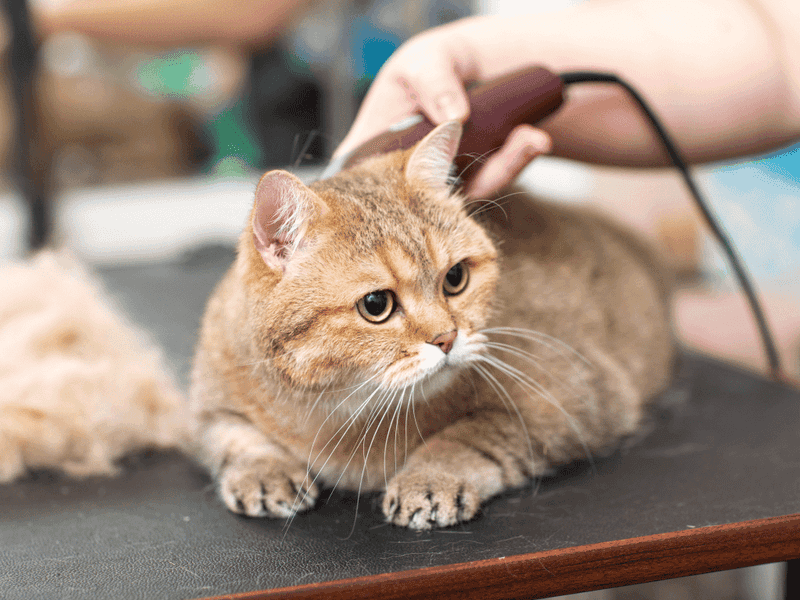
Long-haired breeds require regular professional grooming sessions costing $50-$120 every 4-8 weeks. Matted fur leads to painful skin conditions requiring veterinary intervention if regular maintenance is neglected.
Even short-haired cats benefit from nail trims, occasional baths, and dental care that add to monthly expenses. Quality grooming tools for home maintenance—slicker brushes, dematting combs, nail clippers—represent a significant initial investment of $50-$100.
Unexpected grooming challenges arise with age or health changes, sometimes necessitating more frequent professional services that weren’t factored into the original adoption budget.
13. Disregarding Potential Allergy Costs
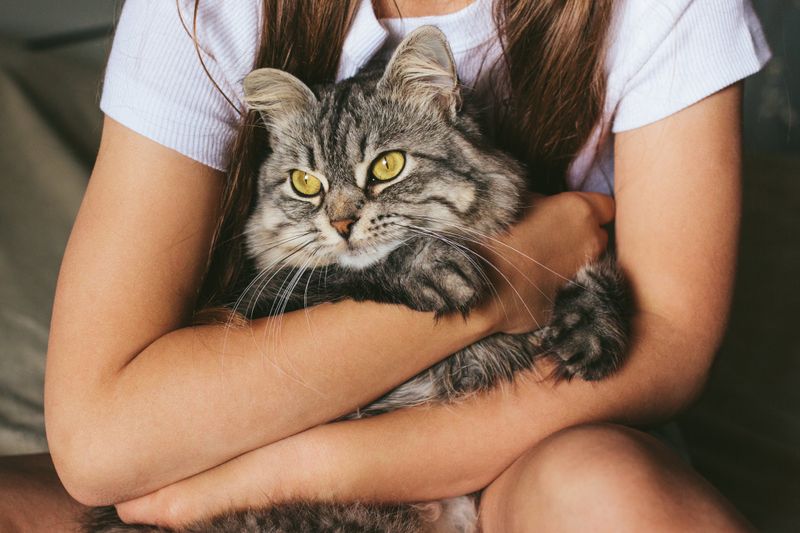
Discovering allergies after adoption creates financial and emotional stress for unprepared households. Allergy testing costs $200-$1,000 for human family members, while specialty air purifiers add another $200-$500 to accommodate allergic individuals.
Hypoallergenic bedding, frequent professional home cleaning, and allergy medications become ongoing expenses. Some cats require hypoallergenic foods costing 2-3 times more than standard options when food sensitivities develop.
In severe cases, immunotherapy treatments for humans run $800-$1,500 annually – expenses few consider when falling in love with a shelter kitty.
14. Forgetting About Home Protection Measures
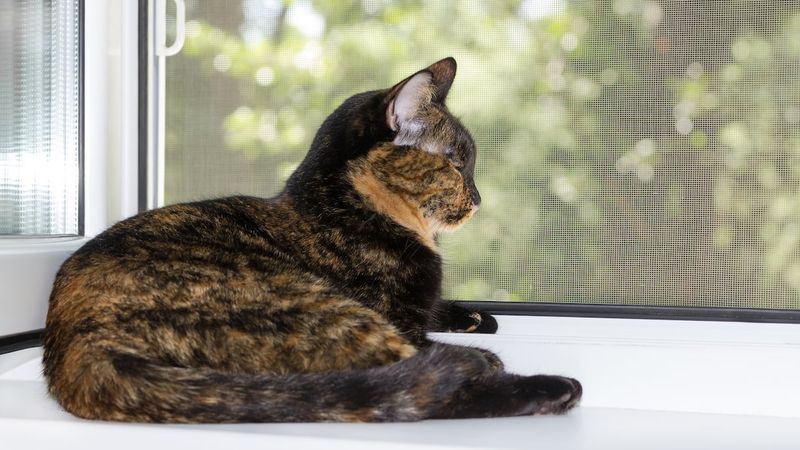
Curious cats explore everything, necessitating childproofing measures throughout your home. Cabinet locks, cord protectors, and toxic plant removal add unexpected costs during the initial adjustment period.
Window screens need reinforcement to prevent falls, while dangerous areas require gates or barriers. Specialty products like furniture claw covers, protective sofa shields, and carpet treatments add another layer of expense.
Renters face potential security deposit losses without these protective measures, while homeowners may find themselves replacing damaged fixtures, blinds, or flooring – costs that easily exceed preventative product investments.
15. Ignoring Senior Cat Healthcare Inflation
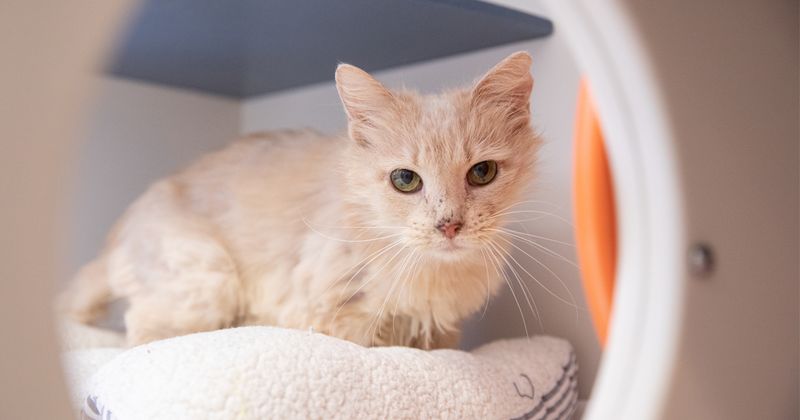
Kittens seem economical until you consider their potential 15-20 year lifespan and escalating healthcare needs with age. Senior cats often require prescription diets costing 2-3 times more than regular food, plus supplements for joint health and organ function.
Chronic conditions emerge in later years – kidney disease, hyperthyroidism, diabetes – requiring lifelong medications costing $50-$200 monthly. Diagnostic testing becomes more frequent, with senior panels, ultrasounds, and blood pressure monitoring adding hundreds annually.
These escalating costs arrive when many owners are approaching retirement with fixed incomes, creating financial strain few anticipated at adoption.
16. Bypassing Emergency Fund Creation
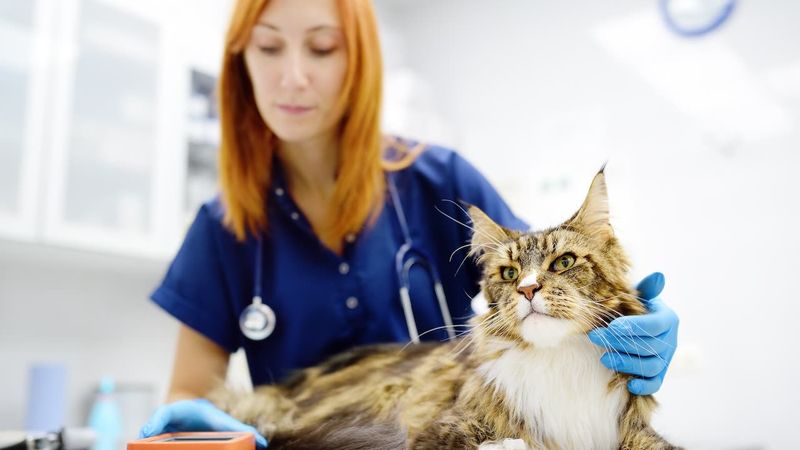
Financial advisors recommend $1,500-$3,000 in dedicated emergency savings for cat owners, yet many skip this crucial step. Common emergencies like urinary blockages ($1,000-$3,000), dental extractions ($800-$1,500), or foreign body removal ($1,200-$5,000) strike without warning.
Credit cards become the default funding option for unprepared owners, adding interest costs to already expensive procedures. Some face heartbreaking economic euthanasia decisions when treatment costs exceed available resources.
Starting with a modest emergency fund and adding small monthly contributions creates financial security for both you and your feline friend.


